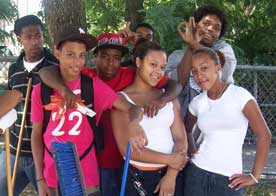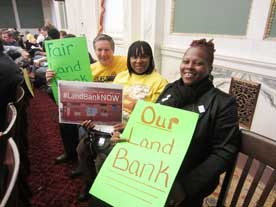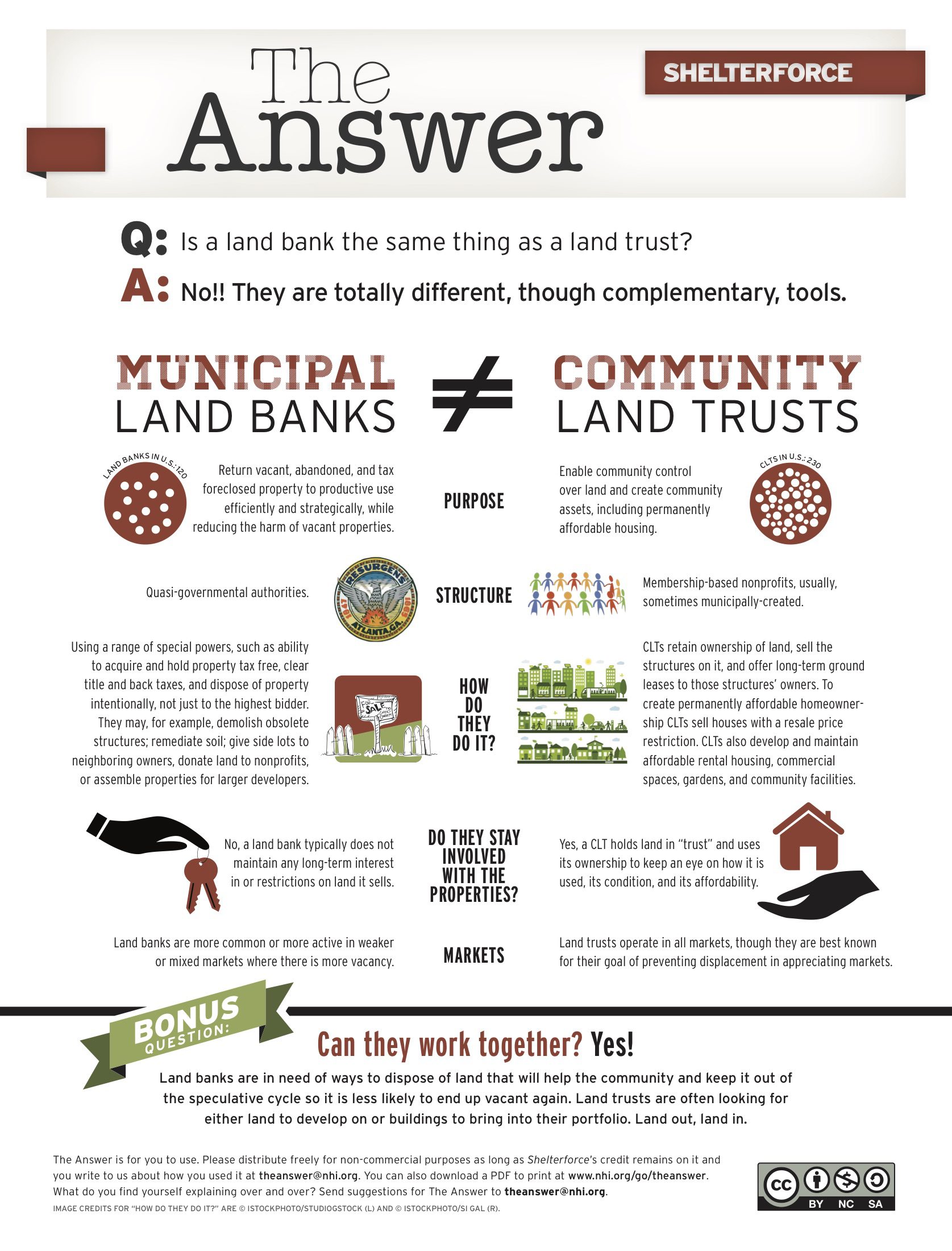Before watching Gaining Ground, the documentary about the organizing efforts of the Dudley Street Neighborhood Initiative, my image of what’s told to kids in low-income areas went something like this: “Get good grades, get out.”
Gaining Ground is the sequel to Holding Ground, a film shot 10 years earlier capturing the unique success of the Dudley Street Neighborhood Initiative and its community work in the Roxbury/Dorchester area of Boston.
DSNI is an organizing group first and foremost. In the face of widespread abandonment and arson in the 1980s, DSNI fought for, and won, the right of eminent domain, and started a community land trust to keep much of the land they rescued under community ownership. It brought diverse populations together into an enduringly strong voice that continues to lead the conversation about the future of the community.
Holding Ground ends in 1997. Gaining Ground begins about 10 years later in the aftermath of the housing crash. While Holding Ground frequently addressed with diversity between ethnic groups, Gaining Ground gets more into age diversity. Forty percent of Dudley Street’s neighborhood is 19 years old and under, says DSNI staff member Alicia Mooltrey.
It’s a nice surprise, and contrast to the conventional wisdom I imagined, to find in Gaining Ground that the kids who were excited to make plans and talk about visions for their community in Holding Ground are now running the organization, seeing those plans and visions through and figuring out how to empower a new generation through radio shows and exercises like letting youth landscaping employees handle their own budget for the summer.
The documentary follows up on many other themes from Holding Ground as well, such as the land trust. Post-housing crash, DSNI’s land trust has no foreclosures, but large numbers of properties not owned by DSNI have been foreclosed on and abandoned; a new fight for DSNI is not letting property out of its control take away from what it has accomplished.
One of the most satisfying themes continued from Holding Ground is the construction of the Kroc Center. In Holding Ground, we see the original members of DSNI, including children who are today involved in the organization as adults, develop a vision for a community center. The idea, executive director John Barros says, is part of the collective memory of DSNI. So when in Gaining Ground The Salvation Army shows up with money to build a massive community center and asks to bring it to DSNI’s neighborhood, DSNI is excited—but cautious. Despite the funding TSA brings, DSNI doesn’t give it a blank check. Among other things, DSNI fights for and monitors hiring targets for residents, women and people of color on the construction, successfully, and tries to take on the the question of making membership rates affordable to local residents, less successfully.
Throughout Gaining Ground, the viewer can see that it’s not a one-track effort that brings DSNI so much success. It is engaging in youth empowerment, and grassroots organizing, and gaining political leadership, and providing stable housing through the land trust, all together.
The film concludes with one of the kids who has been involved with DSNI running for a board seat. DSNI has inspired its neighborhood’s youth to take action in their community and have a vision of future accomplishments. The happy ending of this documentary is not a graduation ceremony, or a shot of a building constructed, or the news of a grant; it’s a sense of a community being dedicated to itself.





Comments